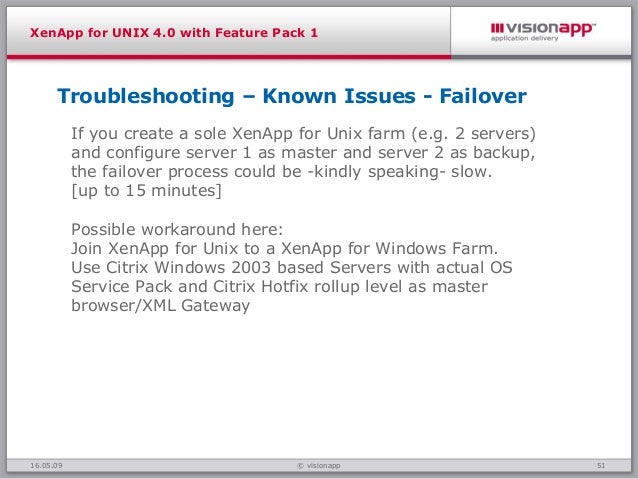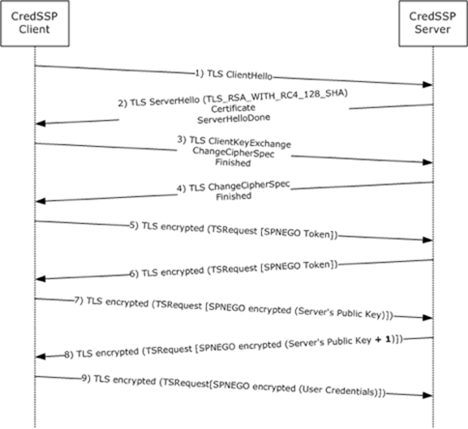Just wonder if it's possible at all to enable NLA (Network Level Authentication) on Windows 2003 Server, 'cause I can't find any information anywhere about anyone that has done it. My problem is that when I'm at home and need to check up on my servers, I connect via VPN and run RDP against my Terminal Server.
I have found this issue may not be due to a problem with the Remote Desktop tool but an issue with windows 8.1.
This is with the Windows 8.1 release from MSDN/Technet
• Configure Network Level Authentication
1. Open Regedit.
2. In the navigation pane, locate and then click the following registry
subkey: HKEY_LOCAL_MACHINESYSTEMCurrentControlSetControlLsa
3. In the details pane, right-click Security Packages, and then click Modify.
4. In the Value data box, type tspkg. Leave any data that is specific to other SSPs, and then click OK.
I was left with “” and tspkg
5. In the navigation pane, locate and then click the following registry subkey:
HKEY_LOCAL_MACHINESYSTEMCurrentControlSetControlSecurityProviders
6. In the details pane, right-click SecurityProviders, and then click Modify.
7. In the Value data box, type credssp.dll. Leave any data that is specific to other SSPs, and then click OK. (This was already in my config so I didn’t change it)
8. Exit Registry Editor.
9. Restart the computer.
Once done, ASG RD worked fine for all my connections again.
While working on domain-controlled systems, upon trying to remotely access computers, users have reported the following error:
“The remote computer that you are trying to connect to requires network level authentication (NLA), but your windows domain controller cannot be contacted to perform NLA. If you are an administrator on the remote computer, you can disable NLA by using the options on the remote tab of the System Properties dialog box.”
Cause
The crux of the error suggests that the domain controller cannot be contacted, thus network level authentication cannot be performed. The error has been reported even when Network Level Authentication was enabled.

Our strategy towards dealing with the issue would be to totally disable Network Level Authentication. While the NLA provides extra security, we perhaps have no choice here.
Solution 1] – Delete Default.rdp file
1. Go to My documents and if you find a file named Default.rdp , just delete it. Try again.

If it does not work , Remove the machine from the domain then add it again. Now, check if the problem persists.
Solution 2] Disable NLA using Properties
1] Press Win + R to open the Run window and type the command sysdm.cpl. Press Enter to open the System Properties window.
2] In the Remote tab, uncheck the option for “Allow connections only from computers running Remote Desktop with Network Level Authentication (recommended).”
Visionapp Remote Desktop Network Level Authentication
3] Click on Apply and then OK to save the settings.
Solution 3] Disable NLA using Registry
If the above method does not work, we can disable NLA from the Registry itself.
1] Press Win + R to open the Run window and type the command regedit. Press Enter to open the Registry Editor.
2] Select File and then click on Connect Network Registry.
Connect to the network Device by entering details.Wait till the network connects.
3] Navigate to the following path:
- HKLM
- SYSTEM
- CurrentControlSet
- Control
- Terminal Server
- WinStations
- RDP-Tcp
4] Change the values of the entries SecurityLayer and UserAuthentication to 0.
5] Close the Registry Editor.
Visionapp Network Level Authentication Guide

Visionapp Network Level Authentication Tool
6] Restart the system.
Solution 4] Disable NLA using Powershell
1] Press Win + R to open the Run window and type the command PowerShell. Press Enter to open the Powershell window.
2] Copy-paste the following command in Powershell:
Hit Enter and then enter command below.
3] Press Enter to execute the command and restart the system once done.
Visionapp Network Level Authentication Windows 10
Hope it helps!